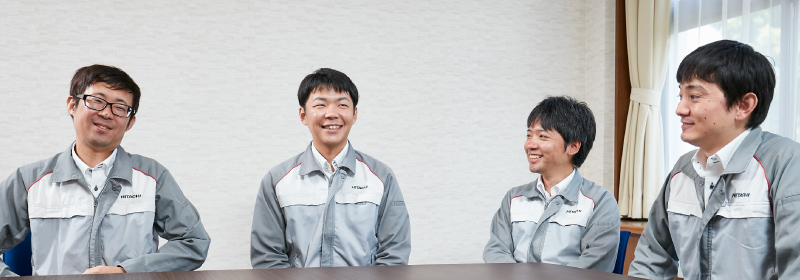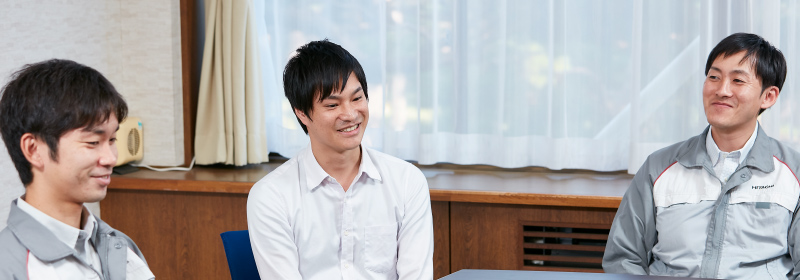Drive and Control Technologies
to Produce the World’s Fastest Speeds
Fast-growing Asia is the scene for a stream of plans for enormous buildings. In particular, there is an ongoing rush in China and the Middle East to erect super high-rise buildings taller than 500 m. For such buildings, elevators, as “vertical transportation infrastructure,” are expected to get people to their destination floors faster, and elevator speed becomes an important factor. The development of the world’s fastest elevator has been a goal for us at Hitachi since we built the 213 m “G1TOWER” in 2010, as what was then the world’s tallest elevator research facility.
Hitachi then achieved the world’s fastest elevator for CTF Financial Centre, a 530 m multipurpose complex in Guangzhou, China. The elevators take approximately 42 sec to ascend the 440 m from the 1st floor to the 95th, a rated speed of 1,260 m/min.









